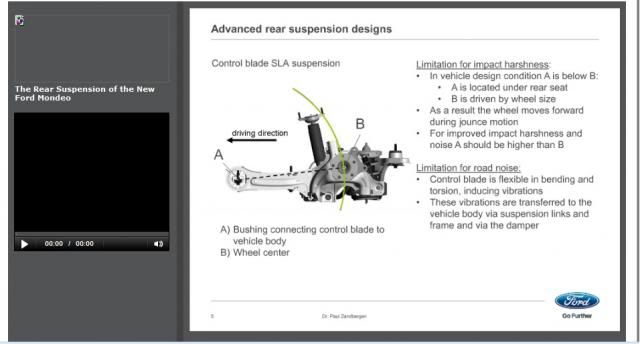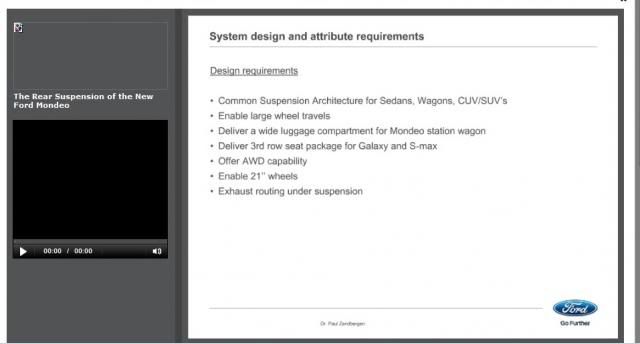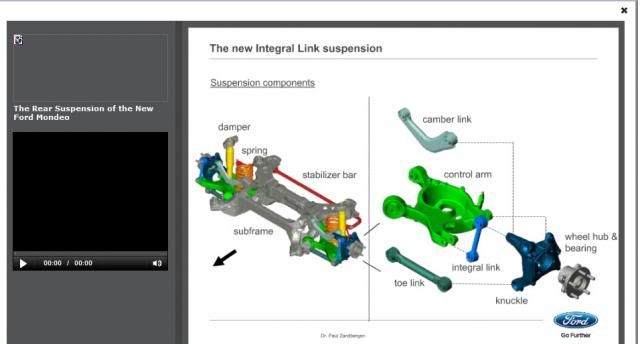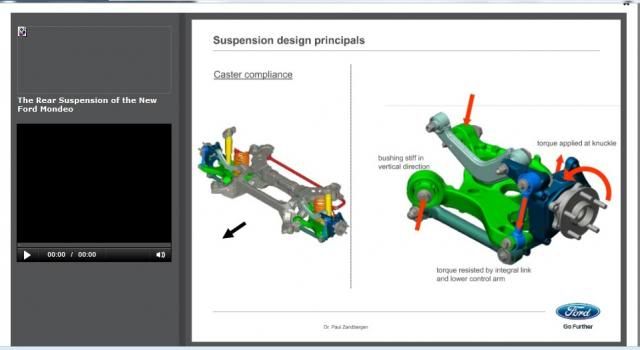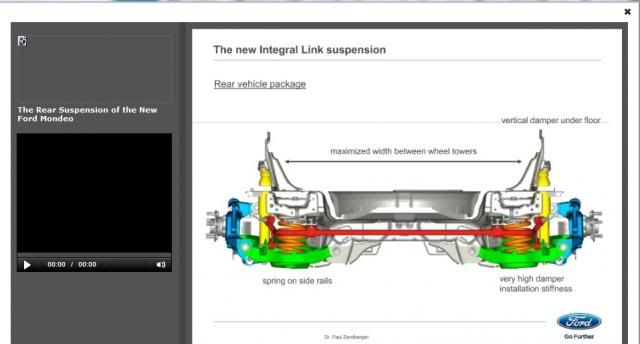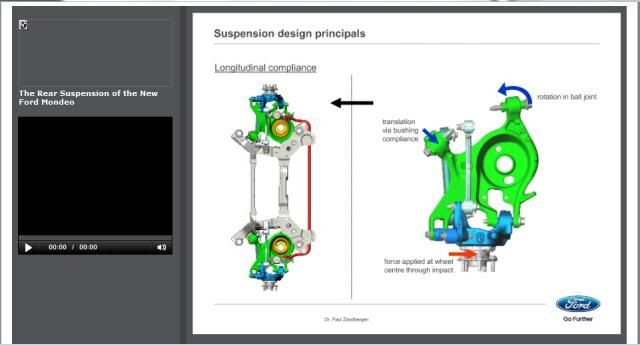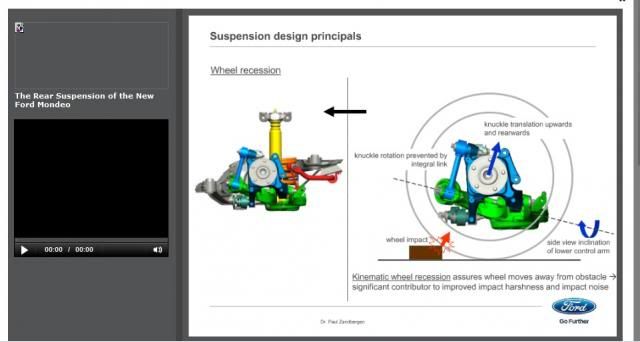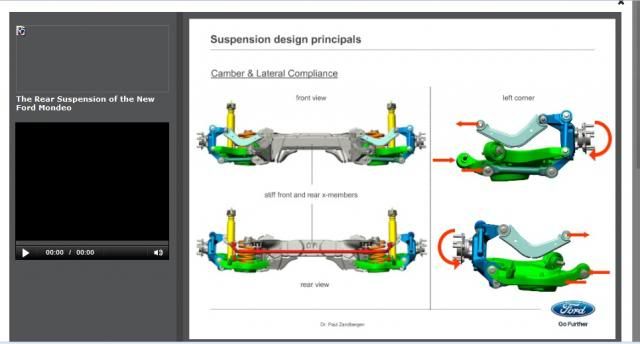Falc'man
Well-Known Member
- Thread starter
- #1
http://www.falconforums.com.au/show...egral-Link-Suspension-under-Fusion-and-Mondeojpd80 said:On this link there is interesting info on the new rear suspension that was designed for the CD4 program.
You need to sign up to read the paper but it is free
http://www.automotiv...w-ford-mondeo/#
This presentation by Dr. Paul Zandbergen, Dr. Wolfgang David, Ed Knoy, and Dr. Thomas Schmitz compares the rear suspension of the previous and current Ford Mondeo models. Learn about advanced suspension design principles and the new Integral Link suspension. A comparison of control blade vs. integral link is made in terms of NVH performance and vehicle dynamics.









Sponsored

